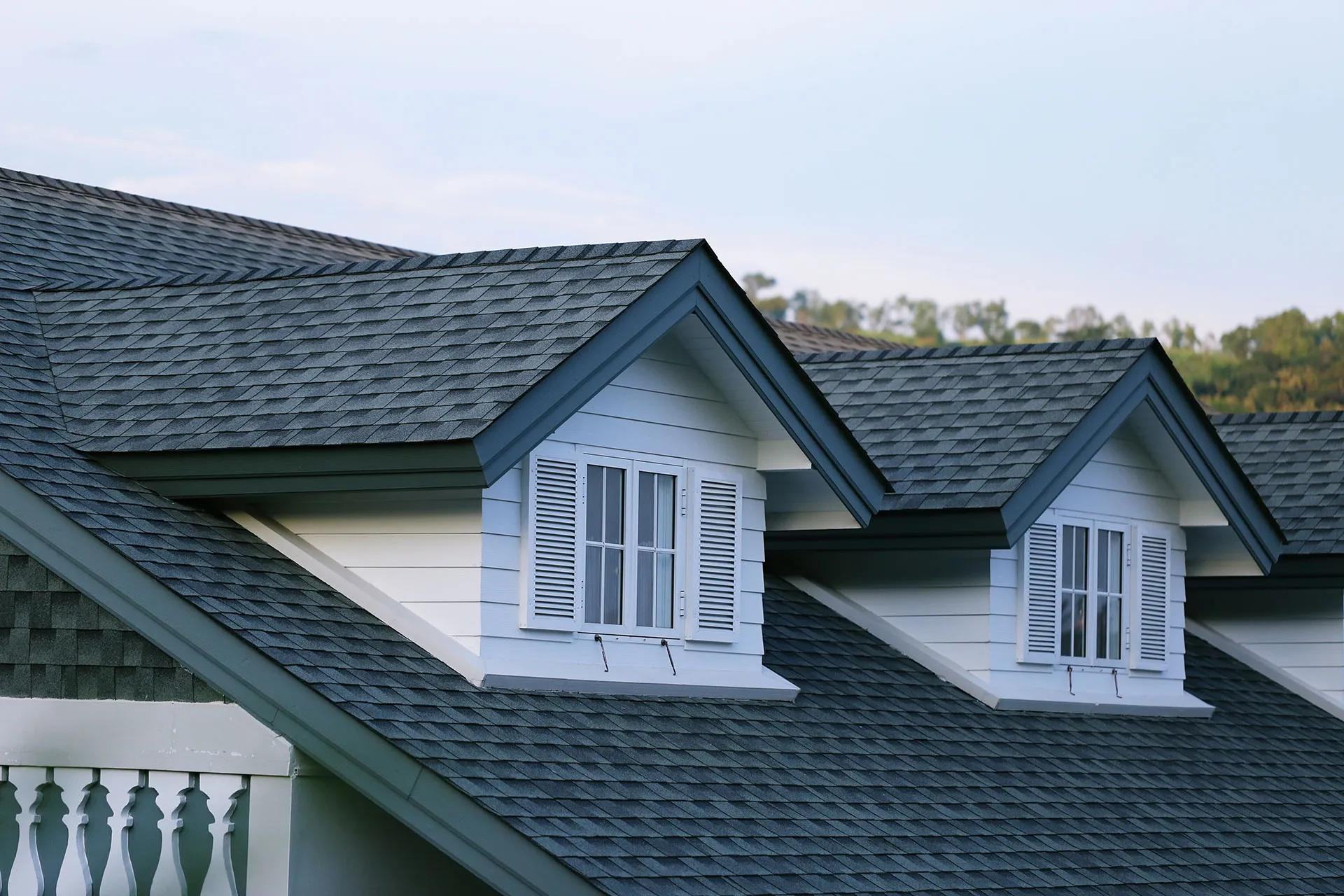

Articles
How Long Shingle Roof Last
Modified: January 9, 2024
Discover how long shingle roofs typically last and gain valuable insights from expert articles. Extend the lifespan of your roof with proper maintenance and care.
(Many of the links in this article redirect to a specific reviewed product. Your purchase of these products through affiliate links helps to generate commission for Storables.com, at no extra cost. Learn more)
Introduction
When it comes to roofing materials, shingles have long been a popular choice for homeowners. Not only are they durable and cost-effective, but they also come in a wide array of styles and colors to suit any architectural design. However, like any other component of a house, shingle roofs have a limited lifespan and will eventually require replacement.
As a homeowner, it’s important to understand the factors that can affect the longevity of your shingle roof and how to identify signs of aging or damage. By being proactive and taking proper care of your roof, you can maximize its lifespan and avoid costly repairs or premature replacement.
In this article, we will delve into the factors that influence the lifespan of shingle roofs, the different types of shingle materials available, typical lifespans, signs of aging and damage to look out for, as well as steps you can take to extend the lifespan of your shingle roof. We will also explore the key considerations when it comes time to replace your roof.
Whether you have a newly installed shingle roof or an existing one that’s seen better days, this article will provide you with valuable insights to help you make informed decisions and ensure the longevity of your roof.
Key Takeaways:
- Understanding the factors affecting shingle roof lifespan and being proactive about maintenance can help homeowners maximize the longevity of their roofs, saving money on repairs and ensuring lasting protection for their homes.
- When replacing a shingle roof, homeowners should carefully consider factors such as material selection, contractor expertise, budgeting, energy efficiency, and environmental impact to make informed decisions and ensure a successful, long-lasting roof replacement.
Read more: How To Figure Shingles For A Roof
Factors Affecting the Lifespan of Shingle Roofs
The lifespan of a shingle roof can be influenced by a variety of factors. It’s important to understand these factors to properly assess the condition of your roof and determine when it may need replacement or maintenance. Here are some key factors that can impact the lifespan of shingle roofs:
1. Quality of Materials: The quality of the shingle materials used can significantly impact the lifespan of the roof. Higher-quality shingles are typically more durable and can withstand the elements better than lower-quality options.
2. Installation: Proper installation is crucial to the longevity of a shingle roof. Shingles that are not installed correctly can be prone to issues such as leaks, wind damage, and premature deterioration. Hiring a professional roofing contractor to install your roof is essential to ensure it is done correctly.
3. Climate: The climate in which you live plays a significant role in the lifespan of your shingle roof. Extreme temperatures, high humidity, heavy rain, snow, and hail can all take a toll on the roof over time. Shingle roofs in regions with harsh climates may have a shorter lifespan.
4. Roof Pitch and Orientation: The pitch, or steepness, of your roof can impact how well it sheds water and debris. Roofs with steeper pitches tend to have better drainage, reducing the risk of water damage. Additionally, the orientation of the roof can affect its exposure to the sun and other environmental factors.
5. Ventilation: Proper ventilation is essential to maintain the health of a shingle roof. Poor ventilation can lead to a buildup of heat and moisture, which can accelerate the aging process of the shingles. Adequate attic ventilation helps to regulate temperature and remove excess moisture.
6. Maintenance and Inspections: Regular maintenance and inspections are vital to ensure the longevity of your shingle roof. Performing routine checks for damaged or missing shingles, identifying potential issues early on, and addressing them promptly can help prevent more significant problems down the line.
7. Roof Color: Believe it or not, the color of your shingles can impact the lifespan of your roof. Dark-colored shingles tend to absorb more heat, which can lead to faster deterioration. Lighter-colored shingles, on the other hand, reflect more sunlight and heat, helping to prolong the lifespan of the roof.
By considering these factors and taking the necessary steps to address them, you can ensure that your shingle roof remains in optimal condition and has a longer lifespan. Regular maintenance, proper installation, and choosing quality materials are all critical in maximizing the longevity of your roof.
Types of Shingle Materials
When it comes to shingle roofs, there are several types of materials available, each with its own unique characteristics, benefits, and lifespan. Here are some of the most commonly used shingle materials:
1. Asphalt Shingles: Asphalt shingles are the most popular and widely used type of shingle material. They are known for their affordability, versatility, and ease of installation. Asphalt shingles typically come in two varieties: fiberglass and organic. Fiberglass shingles are lightweight and fire-resistant, while organic shingles are made from recycled felt paper and asphalt.
2. Wood Shingles and Shakes: Wood shingles and shakes offer a natural and rustic look to a roof. Common wood materials used include cedar, redwood, and pine. Wood shingles are sawn on both sides for a smooth and uniform appearance, while wood shakes have a rougher, textured surface. Wood shingles and shakes are durable, provide good insulation, and can have a lifespan of 20 to 30 years with proper maintenance.
3. Metal Roofing: Metal roofing has gained popularity in recent years due to its durability, energy efficiency, and modern aesthetic. Metal shingles are typically made from steel, aluminum, or copper. They are lightweight, fire-resistant, and can withstand extreme weather conditions. Metal roofs can have a lifespan of 40 to 70 years, making them an excellent long-term investment.
4. Slate Shingles: Slate shingles are known for their elegance, longevity, and natural beauty. They are made from natural slate stone and are extremely durable and fire-resistant. Slate shingles can last anywhere from 50 to over 100 years when properly installed and maintained. However, they are heavier and more expensive compared to other shingle materials.
5. Clay and Concrete Tiles: Clay and concrete tiles are popular in Mediterranean and Spanish-style architecture. They are known for their durability, energy efficiency, and resistance to fire and insects. Clay and concrete tiles have a lifespan of 50 to 100 years, making them a durable and long-lasting option.
6. Synthetic Shingles: Synthetic shingles, such as those made from rubber or plastic, offer a lightweight and cost-effective alternative to traditional shingle materials. They are designed to mimic the appearance of other materials, like wood or slate, while providing durability and longevity.
When choosing the right shingle material for your roof, it’s important to consider factors such as cost, durability, aesthetics, and climate compatibility. Consulting with a professional roofing contractor can help you make an informed decision based on your specific needs and preferences.
Typical Lifespan of Shingle Roofs
The lifespan of a shingle roof can vary depending on various factors, including the type of shingle material used, climate conditions, installation quality, and maintenance practices. While individual roofs may have different lifespans, here is a general overview of the typical lifespans for different types of shingle roofs:
1. Asphalt Shingles: Asphalt shingles are the most common type of shingle material and have an average lifespan of 15 to 30 years. Fiberglass asphalt shingles tend to be more durable and have a longer lifespan compared to organic asphalt shingles.
2. Wood Shingles and Shakes: Wood shingles and shakes can last between 20 to 30 years with proper maintenance. Regular inspections and treatments to prevent moisture damage and rot can help extend their lifespan.
3. Metal Roofing: Metal roofs are highly durable and can last anywhere from 40 to 70 years. With proper maintenance, such as periodic inspections and addressing any issues promptly, a metal roof can provide decades of protection.
4. Slate Shingles: Slate shingles are known for their exceptional longevity and can last over 50 years, and in some cases, even over 100 years. Their longevity makes them an excellent investment for homeowners looking for a long-lasting and low-maintenance roof.
5. Clay and Concrete Tiles: Clay and concrete tiles have a lifespan of 50 to 100 years. Proper installation and occasional inspections are important to ensure their longevity. They are highly durable and can withstand intense weather conditions.
6. Synthetic Shingles: Synthetic shingles have varying lifespans depending on the specific material used. However, they are generally designed to be durable and long-lasting, with lifespans ranging from 30 to 50 years or more.
It’s important to note that these are general estimates and individual roofs may experience variations in lifespan depending on maintenance, climate, and other factors. Factors such as proper installation, regular inspections, and prompt repairs can help maximize the lifespan of any shingle roof.
Regular maintenance practices, including cleaning debris, keeping gutters clear, and addressing any damaged or missing shingles, can significantly extend the lifespan of a shingle roof. Additionally, having professional inspections every few years can help identify and address potential issues before they worsen.
By understanding the typical lifespan of different shingle materials and implementing appropriate maintenance practices, homeowners can make informed decisions about roof replacements and take steps to ensure their roofs last as long as possible.
Shingle roofs can last 15-30 years with proper maintenance. Regular inspections and repairs can extend the lifespan of your roof.
Signs of Aging and Damage in Shingle Roofs
Over time, shingle roofs can undergo wear and tear due to exposure to the elements, leading to aging and damage. It is essential for homeowners to be vigilant and watch for signs of deterioration to address issues promptly. Here are some common signs of aging and damage in shingle roofs:
1. Curling or Buckling Shingles: As shingles age, they can start to curl or buckle at the edges. This can be caused by a variety of factors, including heat, moisture, poor ventilation, and improper installation. Curling or buckling shingles can compromise the roof’s ability to shed water effectively and may lead to leaks.
2. Missing or Damaged Shingles: High winds, severe weather, and general wear and tear can cause shingles to become loose, cracked, or entirely missing. Missing or damaged shingles expose the underlying layers of the roof to potential water damage and can lead to leaks if not addressed promptly.
3. Granule Loss: Asphalt shingles have a layer of granules that protect them from the sun’s UV rays and provide fire resistance. Over time, these granules can wear off, resulting in bald spots on the shingles. Excessive granule loss can compromise the shingle’s lifespan and make it more susceptible to damage.
4. Moss or Algae Growth: Shingle roofs in humid or shaded areas are prone to moss or algae growth. While not necessarily damaging, the growth of moss or algae can retain moisture, leading to shingle deterioration. Regular cleaning and treatment can help prevent the growth of moss or algae and preserve the roof’s integrity.
5. Damaged Flashing or Ventilation: Flashing and ventilation components play a crucial role in protecting the roof from water infiltration. Damaged or deteriorated flashing and ventilation systems can lead to leaks and moisture problems, which can cause severe damage to the roof, attic, and interior of the home.
6. Sagging or Uneven Roof: A sagging or uneven roof is a significant sign of structural problems and requires immediate attention. It can indicate issues with the roof’s support system, such as rot, water damage, or compromised structural integrity. Ignoring a sagging roof can lead to more significant issues and potential safety hazards.
7. Increased Energy Costs: If you notice a sudden increase in your energy bills, it could be a sign of an aging or damaged shingle roof. A deteriorating roof may allow air to escape or enter the home, leading to decreased energy efficiency and higher heating or cooling costs.
If you observe any of these signs of aging or damage in your shingle roof, it is crucial to take action promptly. Ignoring or delaying repairs can lead to further damage, more costly repairs, and potential structural issues. Consulting with a professional roofing contractor can help assess the extent of the damage and recommend appropriate repairs or replacement.
Regular roof inspections, ideally performed by a professional every few years, can help identify and address issues before they worsen. In addition, practicing proper roof maintenance, such as keeping gutters clean, removing debris, and performing routine checks, can help prolong the lifespan of your shingle roof and protect your home.
Read more: What Is A Roof Shingle
Extending the Lifespan of Shingle Roofs
While shingle roofs have a limited lifespan, there are several steps homeowners can take to extend the life of their roofs and maximize their investment. By implementing proper maintenance practices and being proactive about addressing issues, you can increase the lifespan of your shingle roof. Here are some tips for extending the lifespan of shingle roofs:
1. Regular Roof Inspections: Schedule routine inspections by a professional roofing contractor to assess the condition of your roof. Inspections can help identify early signs of damage or deterioration, allowing for timely repairs and preventing further problems.
2. Promptly Address Repairs: If your roof has missing shingles, curling edges, or any signs of damage, address repairs promptly. Ignoring small issues can lead to more significant problems and compromise the overall integrity of the roof.
3. Regularly Clear Debris: Remove leaves, branches, and other debris from your roof’s surface and gutters. Accumulated debris can trap moisture and lead to roof decay, causing damage to the underlying structure.
4. Maintain Proper Ventilation: Adequate ventilation in the attic helps regulate temperature, reduce moisture buildup, and prevent premature deterioration of shingles. Ensure that vents are unobstructed and functioning properly.
5. Keep Gutters Clean: Clogged gutters can cause water to pool on the roof, leading to water damage and potential leaks. Regularly clean and maintain your gutters to ensure proper water drainage away from the roof.
6. Trim Overhanging Branches: Trees near your roof can pose a risk of falling branches and leaf buildup. Trim overhanging branches to reduce the risk of damage and allow for adequate sunlight and airflow to reach the roof.
7. Apply Roof Coatings: Protective roof coatings can help extend the lifespan of shingle roofs by providing an additional layer of protection against UV rays, moisture, and other environmental factors. Consult with a professional roofer to determine the appropriate coating for your roof.
8. Consider Installing a Layer of Protective Underlayment: Adding a layer of protective underlayment between the shingles and the roof deck can provide added protection against moisture and help increase the lifespan of the shingles.
9. Regularly Clean and Treat Moss or Algae: If you notice moss or algae growth on your shingle roof, clean and treat it promptly. Moss and algae can retain moisture, leading to premature deterioration of the shingles.
10. Hire Professional Roofing Contractors: When it comes to repairs, maintenance, or replacements, hiring professional roofing contractors is essential. They have the expertise, experience, and knowledge to ensure that the work is done correctly, maximizing the lifespan of your shingle roof.
By following these practices and being proactive about the maintenance of your shingle roof, you can help extend its lifespan, save money on repairs, and protect your home from the elements.
Factors to Consider When Replacing a Shingle Roof
Replacing a shingle roof is a significant investment and an important decision for homeowners. When the time comes to replace your shingle roof, it is essential to consider several factors to ensure that you choose the right materials, find a reputable roofing contractor, and make informed decisions. Here are key factors to consider when replacing a shingle roof:
1. Roofing Material: Research and explore different shingle materials to determine the best option for your needs, budget, and architectural style. Consider factors such as durability, lifespan, energy efficiency, and appearance when selecting the material for your new roof.
2. Contractor Selection: Finding a reliable and experienced roofing contractor is crucial for a successful roof replacement. Look for contractors with positive reviews, proper licensing and insurance, and a track record of delivering quality workmanship. Obtain multiple quotes and compare them to ensure competitive pricing.
3. Building Codes and Permits: Familiarize yourself with the local building codes and permit requirements for roof replacements. Ensure that the contractor you hire understands and adheres to these regulations to avoid any legal issues or complications during the project.
4. Budgeting and Financing: Determine a realistic budget for your roof replacement project. Research the costs associated with materials, labor, permits, and any additional services like removal and disposal of the old roof. Consider your financing options, such as personal savings or home improvement loans, to support your budget.
5. Timeframe and Scheduling: Plan the timing of your roof replacement carefully. Consider factors such as weather conditions, availability of the roofing contractor, and any potential disruption to your daily routine. Discuss the project timeline with the contractor to ensure it aligns with your expectations.
6. Energy Efficiency: If energy efficiency is a priority for you, consider opting for shingles with high thermal performance or the inclusion of additional features like reflective coatings. Energy-efficient shingles can help reduce cooling costs and lessen the environmental impact of your home.
7. Warranty and Maintenance: Review the warranty offered by the shingle manufacturer and the roofing contractor. Understand the terms and conditions of the warranty and any maintenance requirements to keep it valid. Regular maintenance can help prolong the lifespan of your new roof and prevent any issues from arising.
8. Enhancements: Take this opportunity to consider any additional enhancements or improvements you may want to make during the roof replacement. This could include installing additional insulation, improving attic ventilation, or adding skylights for more natural light.
9. Aesthetics: Your new roof should not only be functional but also complement the overall aesthetic of your home. Consider the color, style, and texture of the shingles to ensure they match or enhance the architectural design of your property.
10. Environmental Impact: If environmental sustainability is important to you, research shingle materials that are eco-friendly, made from recyclable materials, or have a minimal carbon footprint. This way, you can minimize the environmental impact of your roof replacement.
By carefully considering these factors, you can make educated decisions when replacing your shingle roof. Remember to consult with professionals, thoroughly research your options, and prioritize your needs and preferences to ensure a successful and long-lasting roof replacement.
Conclusion
Shingle roofs provide homeowners with a durable and cost-effective roofing solution. However, they have a limited lifespan and require proper care to ensure their longevity. By understanding the factors that affect the lifespan of shingle roofs, homeowners can take proactive measures to maintain and extend the life of their roofs.
We explored the key factors that influence the lifespan of shingle roofs, including the quality of materials, installation, climate, ventilation, and maintenance. Additionally, we delved into the different types of shingle materials available, such as asphalt, wood, metal, slate, clay, concrete, and synthetic options, each with its own unique benefits and lifespan.
It is crucial for homeowners to be aware of the signs of aging and damage in shingle roofs to address issues promptly. Curling or buckling shingles, missing or damaged shingles, granule loss, moss or algae growth, damaged flashing or ventilation, sagging or uneven roof, and increased energy costs are all indicators that require attention and potential repairs.
To maximize the lifespan of shingle roofs, homeowners can implement several practices. Regular roof inspections, prompt repairs, debris clearing, proper ventilation, gutter maintenance, trimming overhanging branches, applying roof coatings, using protective underlayment, and cleaning and treating moss or algae are all essential steps in extending the life of shingle roofs.
When the time comes for a roof replacement, homeowners need to consider various factors. These factors include the roofing material, contractor selection, building codes and permits, budgeting and financing, scheduling, energy efficiency, warranty and maintenance, possible enhancements, aesthetics, and environmental impact.
In conclusion, proper understanding of the factors influencing shingle roof lifespan, vigilance in identifying signs of aging and damage, proactive maintenance and repairs, and informed decision-making during replacements are key to ensuring a durable and long-lasting shingle roof. By taking these steps, homeowners can enjoy the protection, beauty, and value that a well-maintained shingle roof brings to their homes for many years to come.
Frequently Asked Questions about How Long Shingle Roof Last
Was this page helpful?
At Storables.com, we guarantee accurate and reliable information. Our content, validated by Expert Board Contributors, is crafted following stringent Editorial Policies. We're committed to providing you with well-researched, expert-backed insights for all your informational needs.
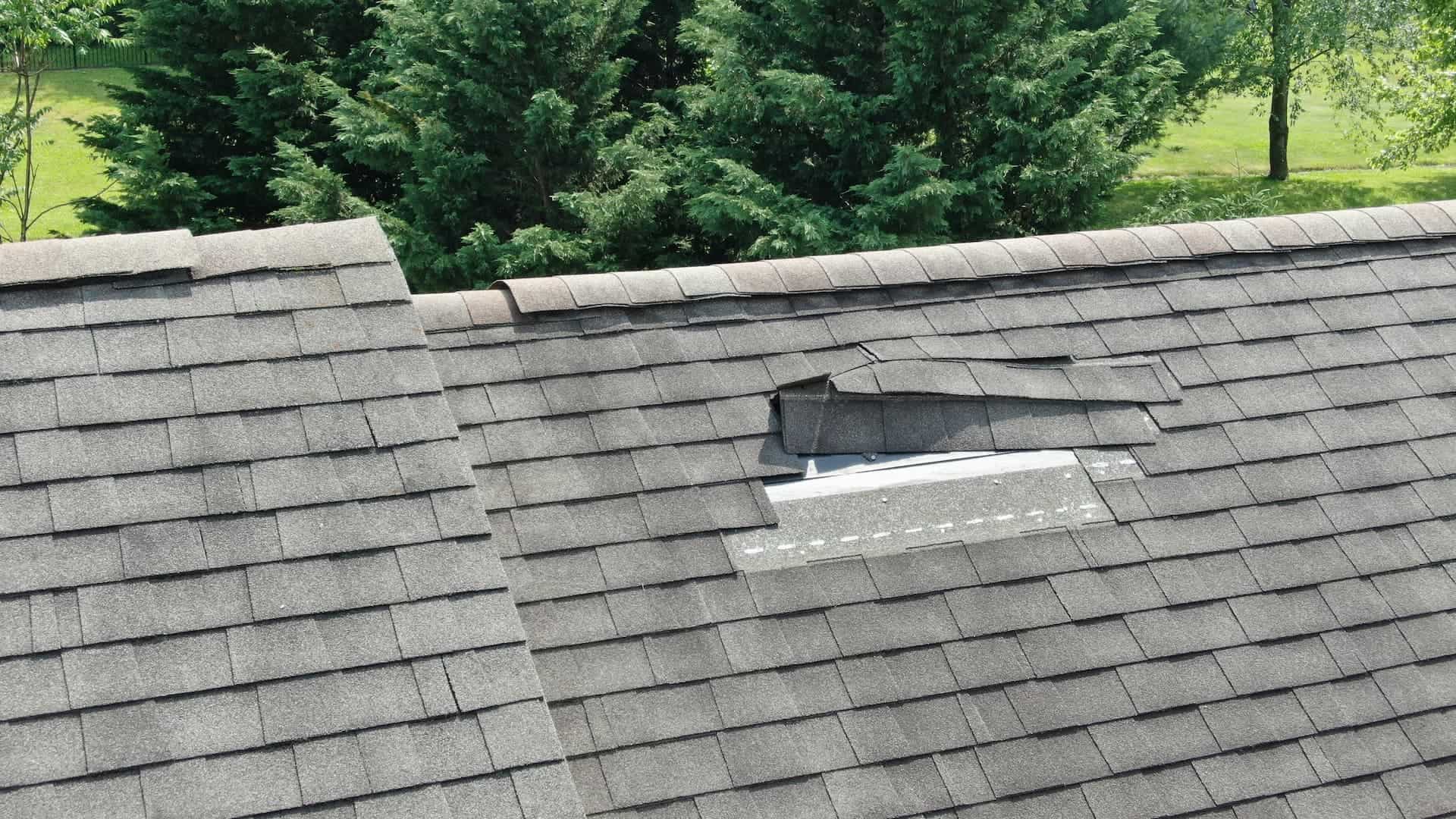
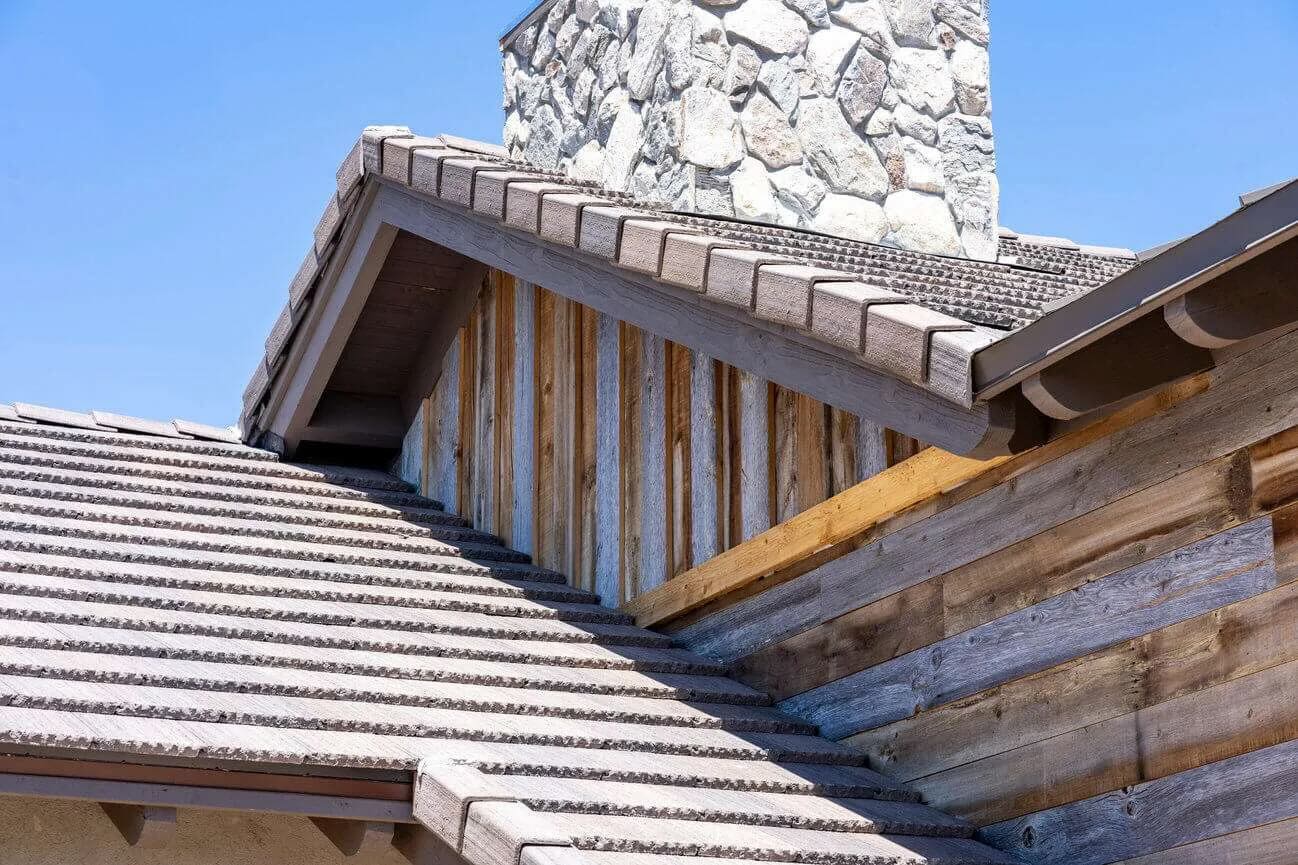
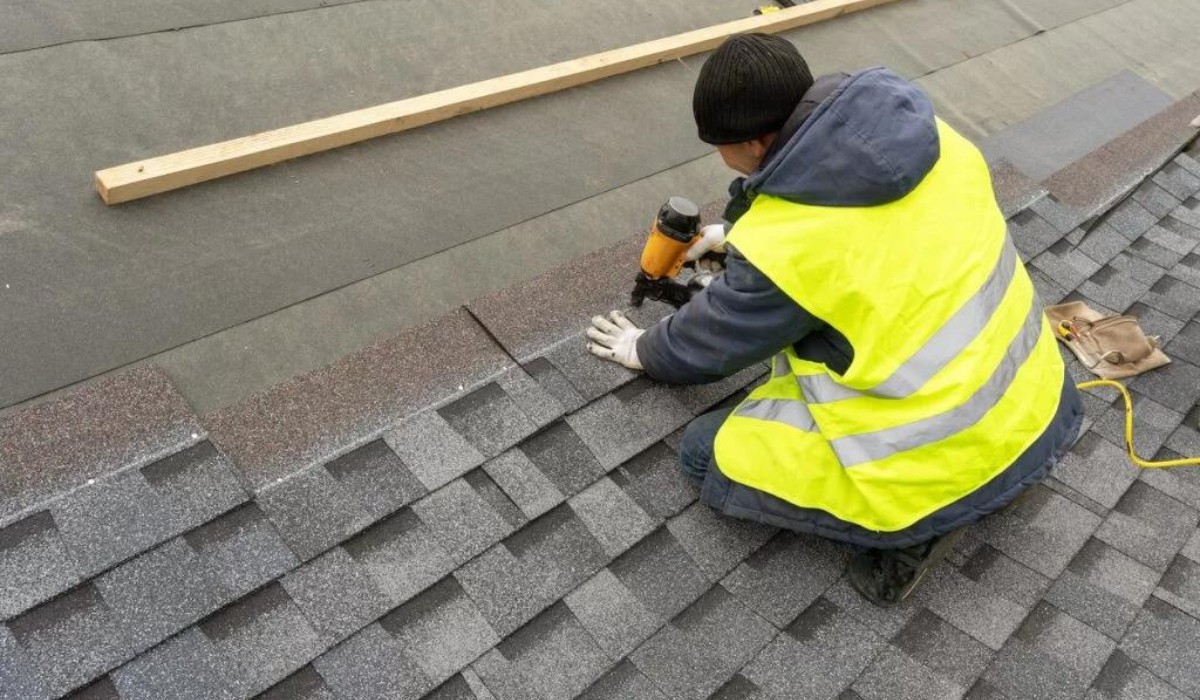
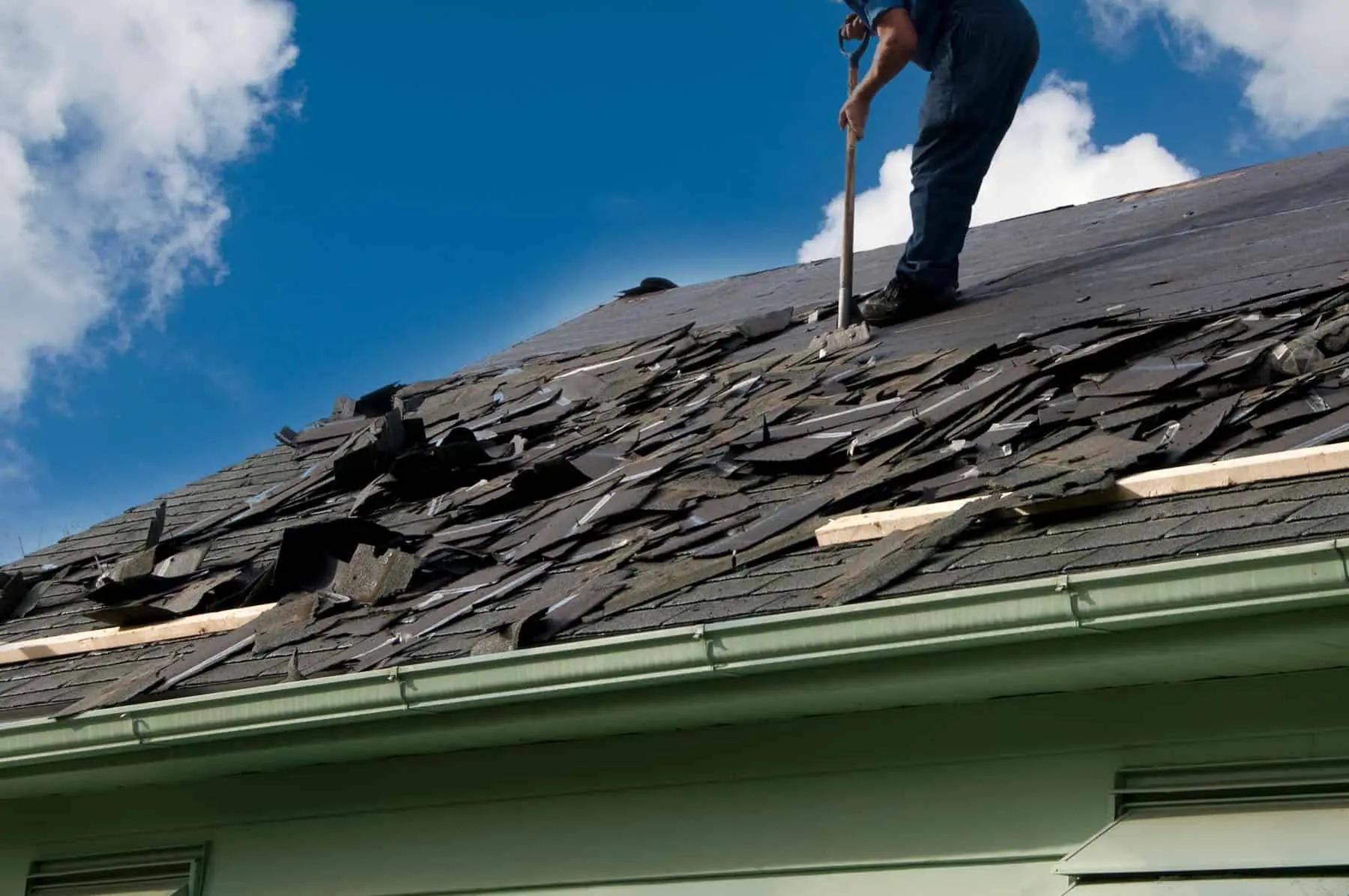
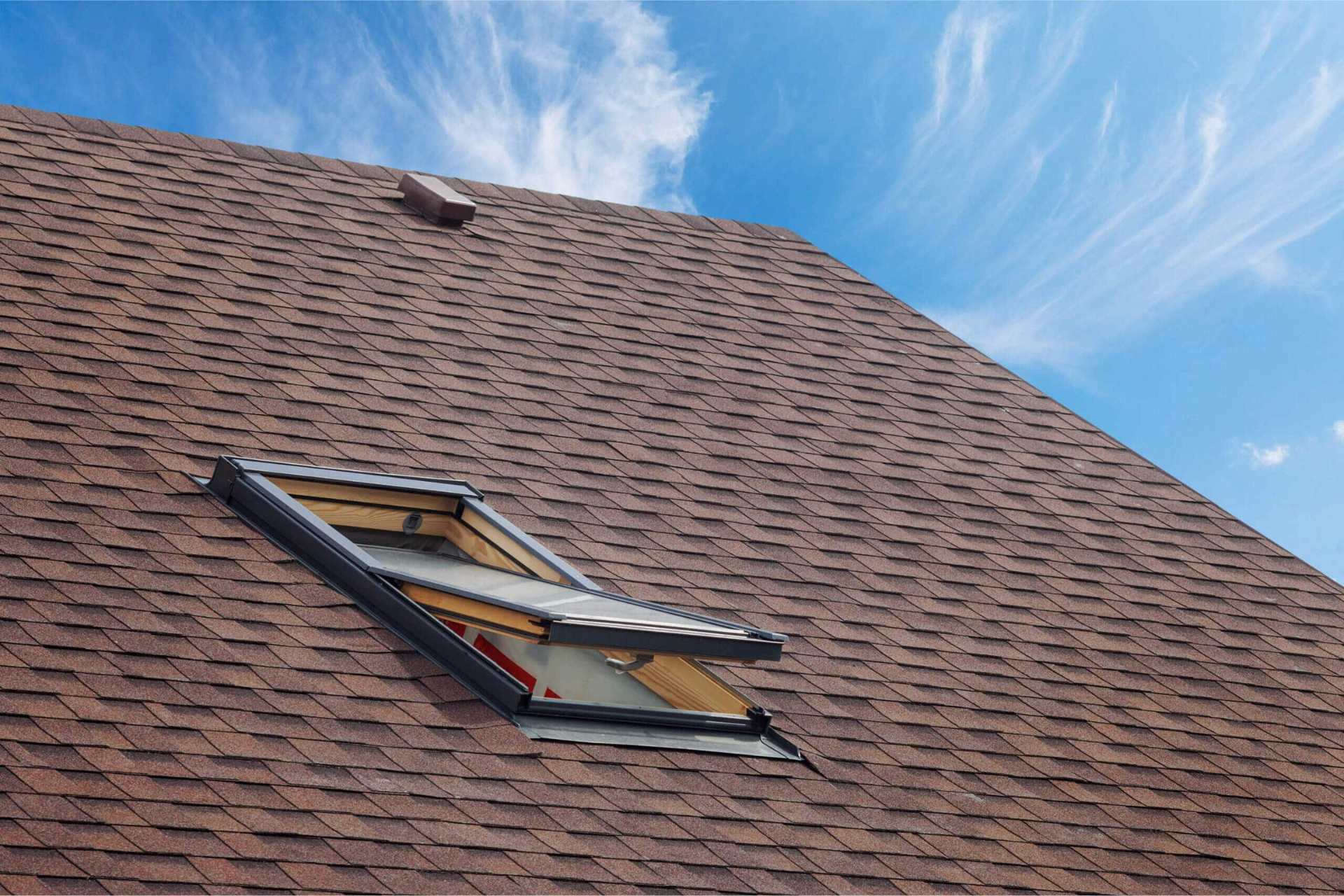
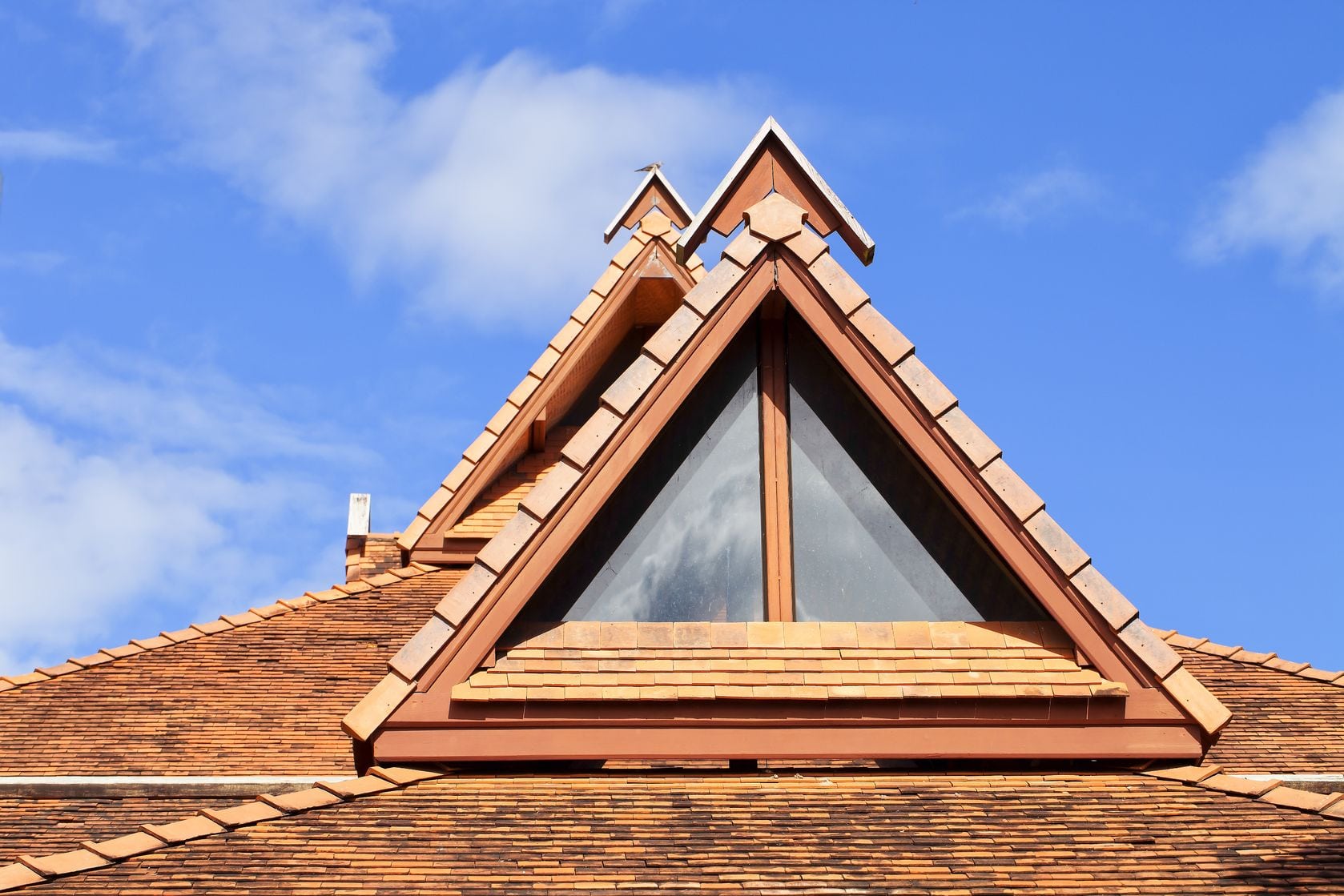
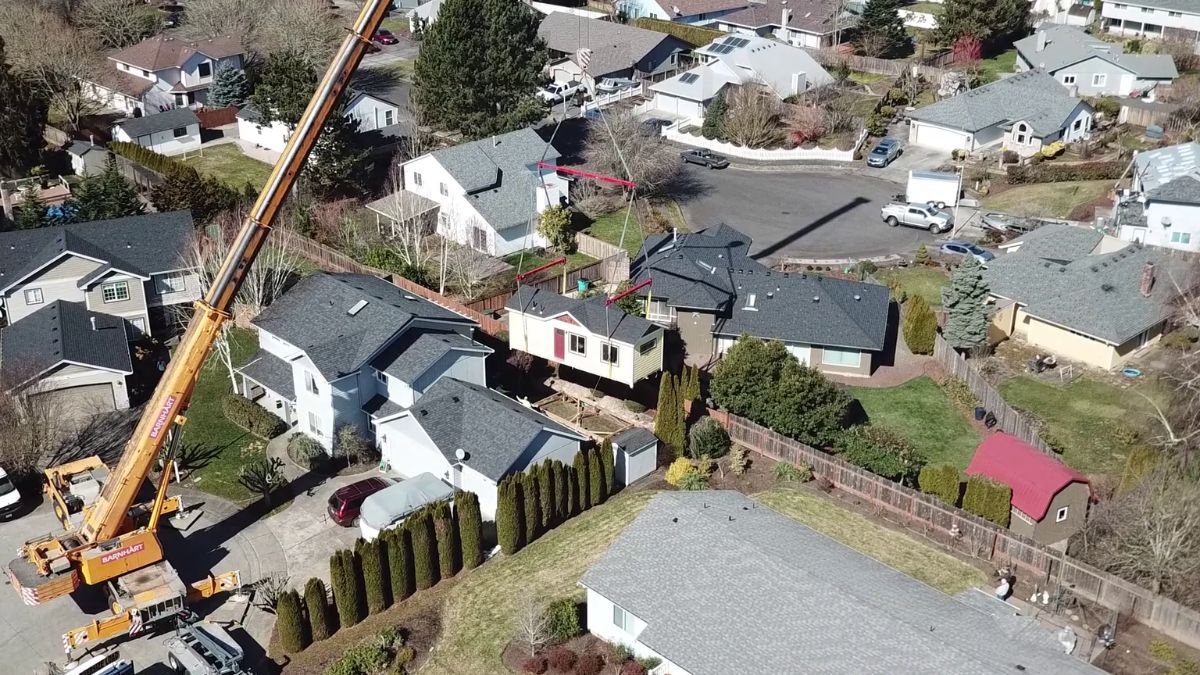
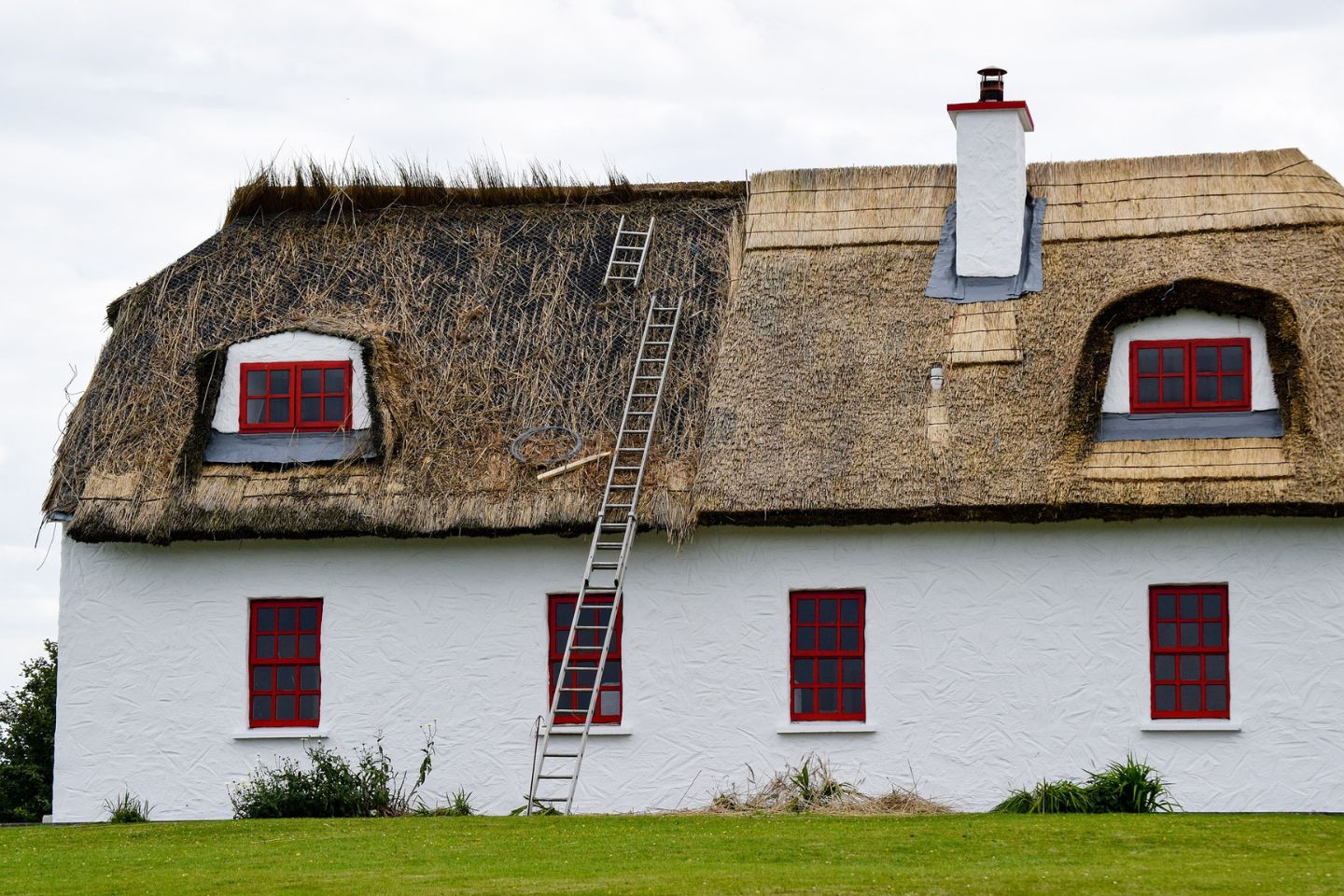
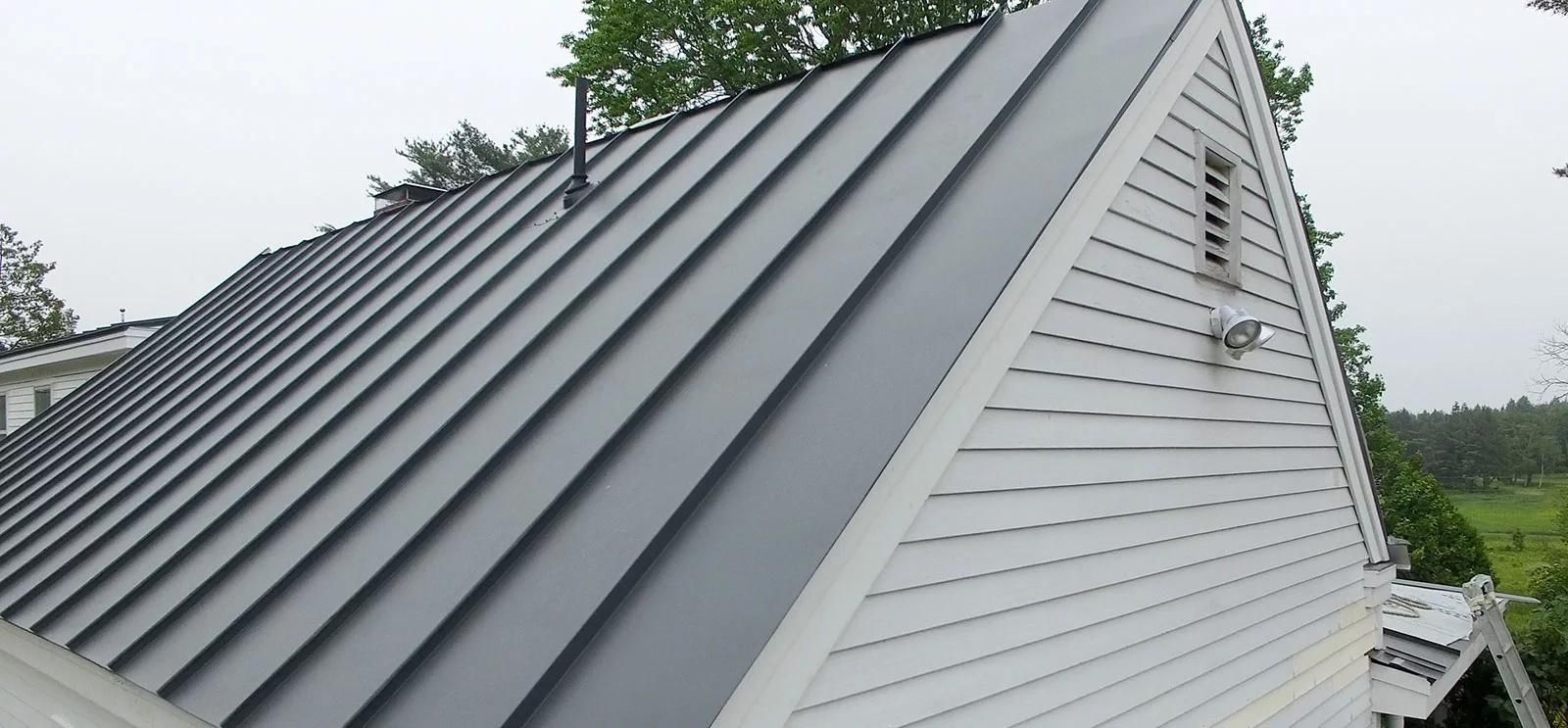
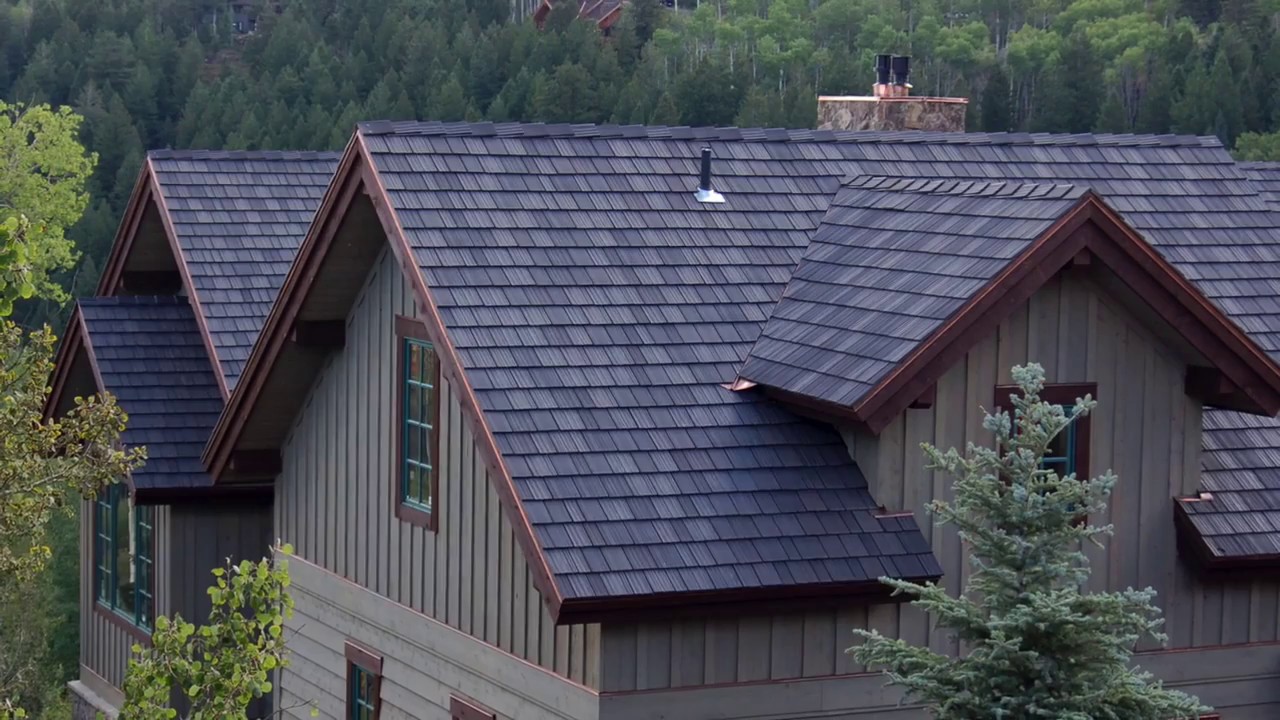
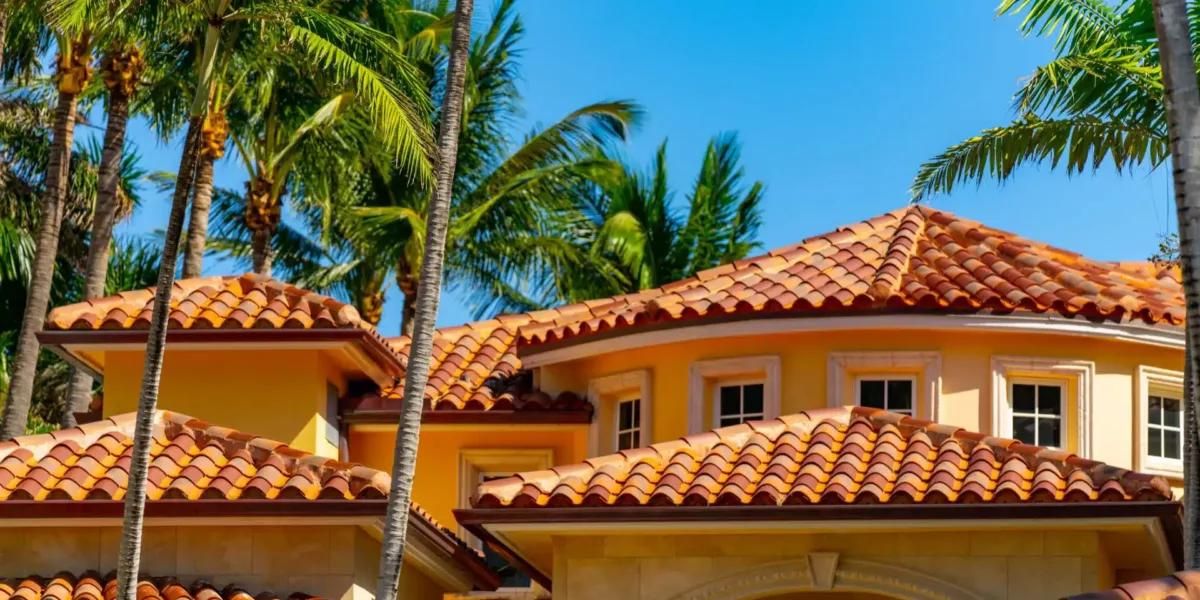
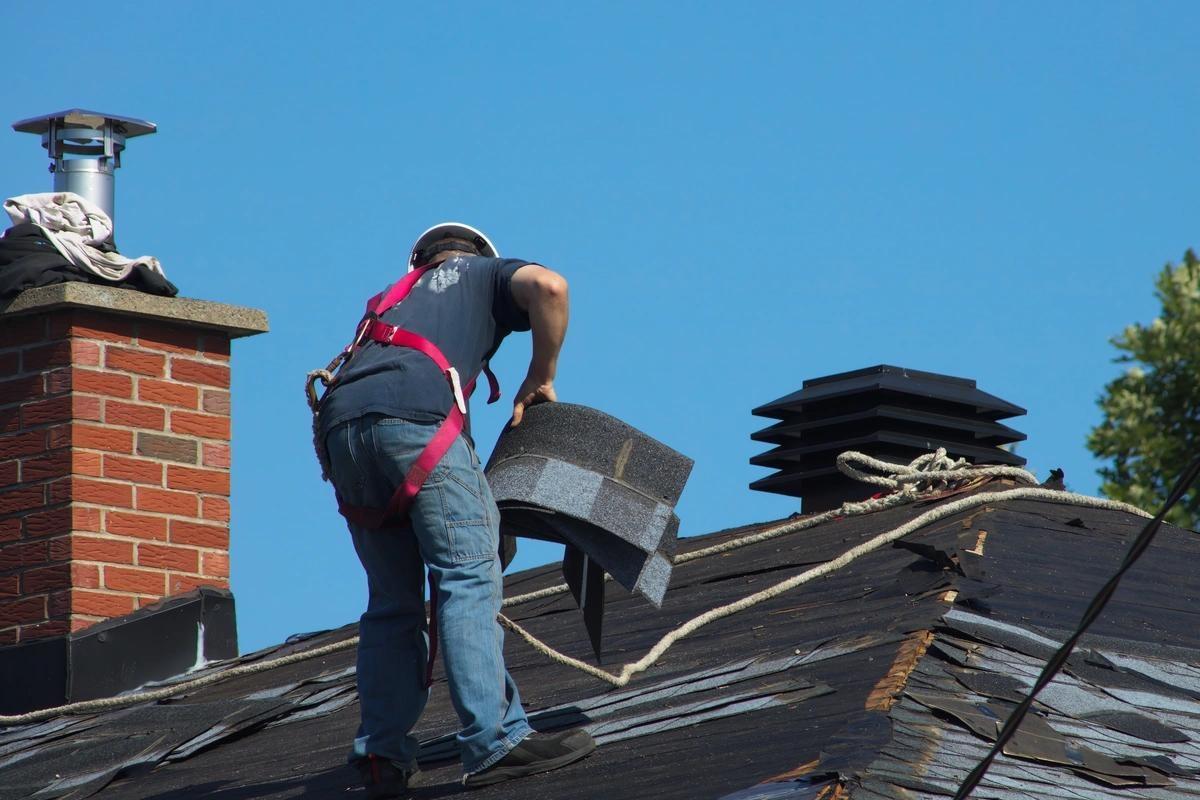
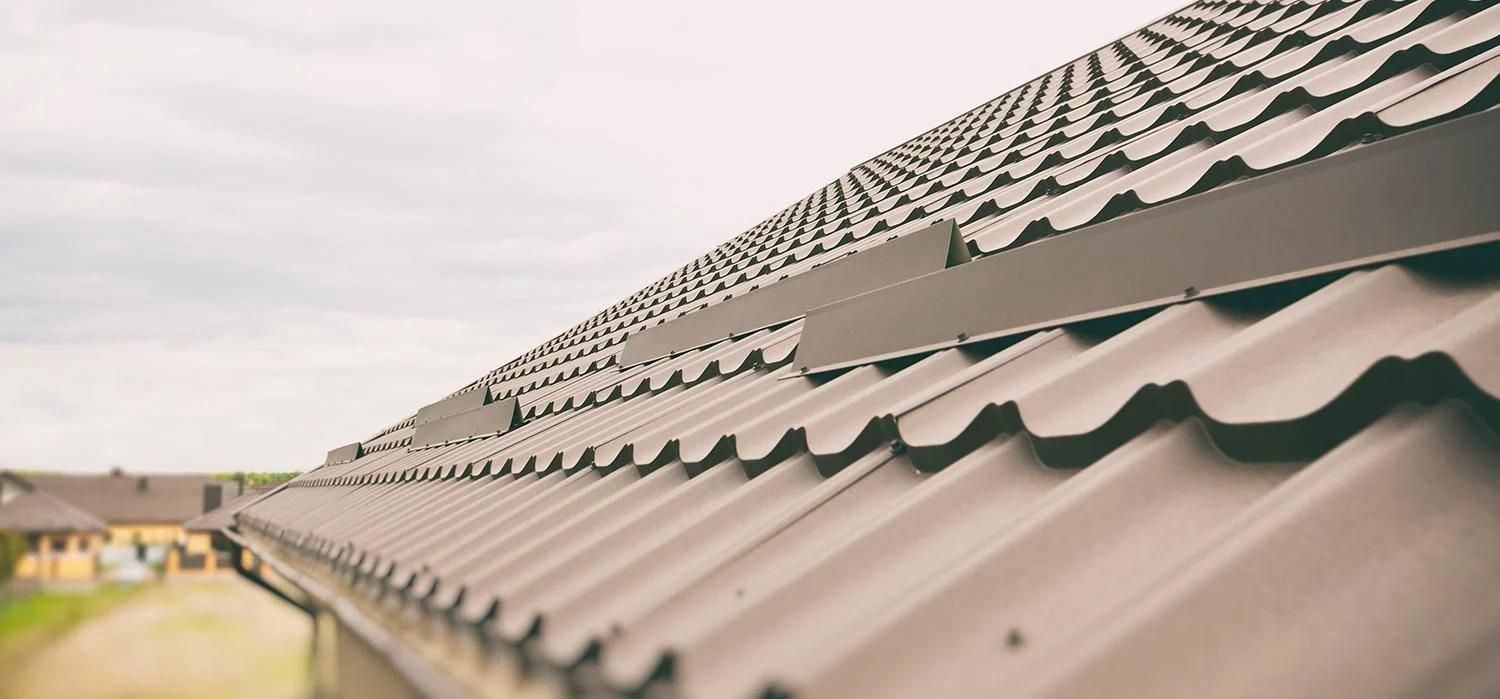
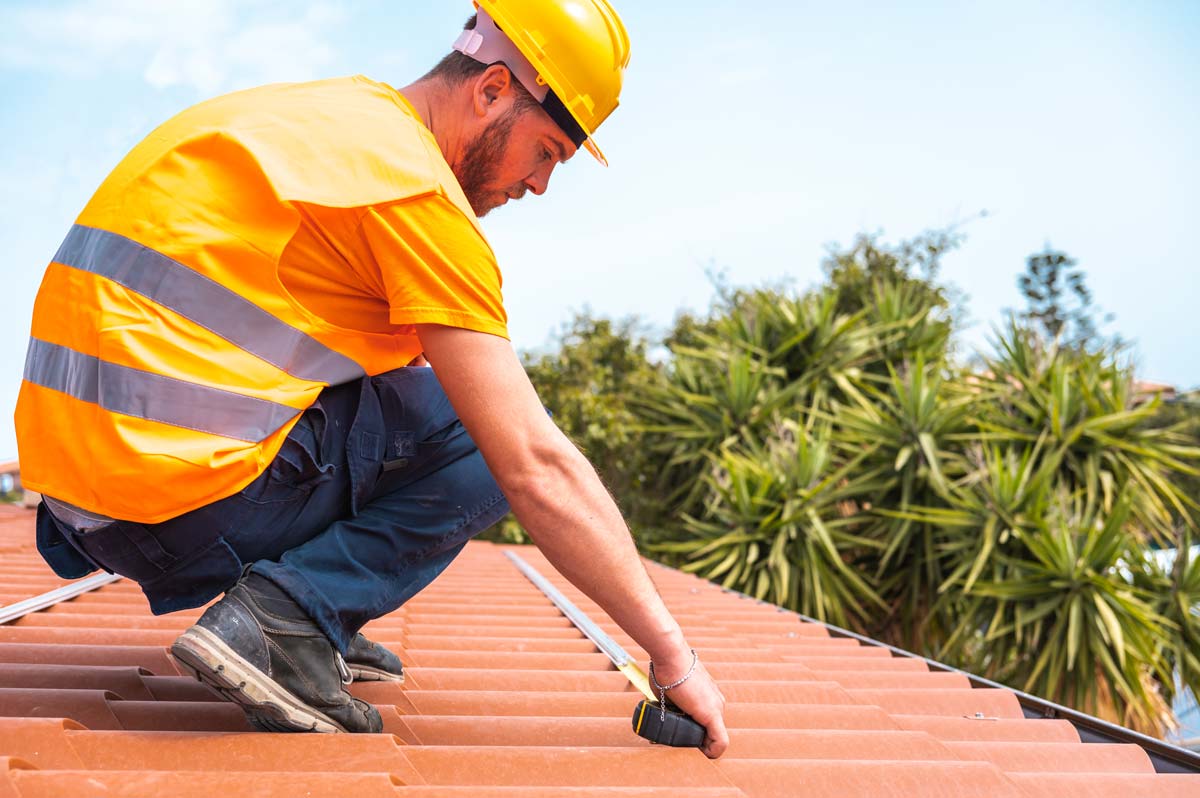

0 thoughts on “How Long Shingle Roof Last”